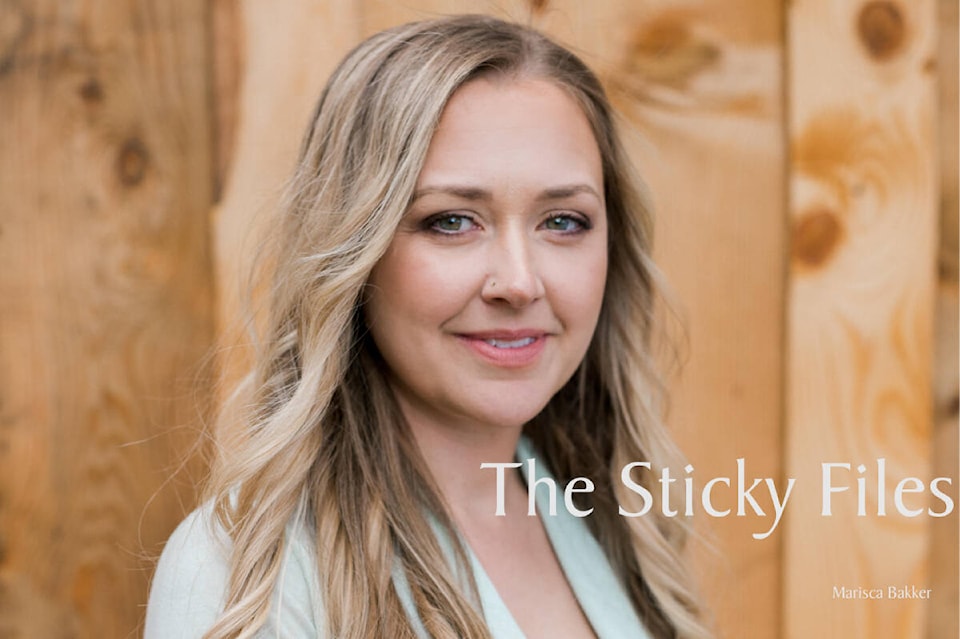Last month Yellowstone National Park officials euthanized a newborn bison because its herd rejected the animal after a man picked it up.
The calf became separated from its mother when the herd crossed a river in the park. The unidentified man pushed the struggling calf up from the river and onto a roadway, park officials said in a news release. Park rangers tried repeatedly to reunite the calf with the herd but were unsuccessful. Park officials said they had no choice but to put it down.
This isn’t even the first time this has happened in Yellowstone. In 2016, park officials euthanized a newborn bison after a similar incident occurred. A Canadian man and his son put the calf in their vehicle, thinking they could rescue it.
The man pleaded guilty and was fined $235 and also ordered to pay $500 to the Yellowstone Park Foundation Wildlife Protection Fund.
People mean well, trying to help animals but human interference with young wildlife can cause animals to shun their offspring.
Around here, deer are usually the victims of human interference.
This is the time of the year when people can see a newborn fawn, seemingly helpless on their property. It appears it has been abandoned and is unable to stand or walk. But that usually isn’t the case.
Fawns are typically too weak to keep up with their moms for the first few weeks of life while she goes to forage for food so they rest in vegetation while she’s gone. The mother almost always returns within 12 hours. The mothers also leave their babies because her presence may attract predators.
The fawn is well camouflaged and has very little odour, which also helps it hide from predators. Fawns instinctively lie motionless when approached by a potential predator. This might make it look like it needs help but it is doing exactly what it is supposed to do. Fawns have no idea if a human is a predator or not.
If the fawn is still in the same spot for more than 24 hours, you can call conservation, and they can advise you on what to do. But it is best to give it space and enjoy nature from afar.
Wildlife with suspected illness should be reported to the B.C. Wildlife Health Program: 250-751-7246.
The province’s website states that if you are concerned about an injured large animal, leave the animal where it is and call the Report All Poachers and Polluters (RAPP) line: 1-877-952-7277
READ MORE: Teachers shouldn’t have to supplement their wages
@MariscaDekkema
marisca.bakker@interior-news.com
Like us on Facebook and follow us on Twitter.
